The pain is invisible, but it’s there. Here are the stories of what it’s like to live with trigeminal neuralgia.
Get the latest international news and world events from around the world.
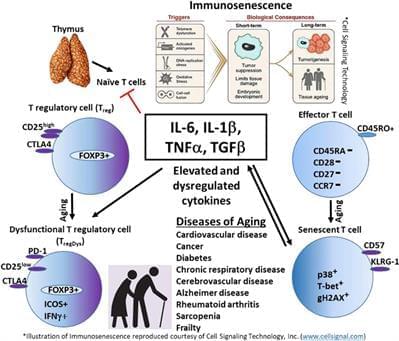
Inflammation, Immune Senescence, and Dysregulated Immune Regulation in the Elderly
Although the German scientist Hanns Kaiser published a number of articles in the 1970s relating inflammation to diseases in the elderly (Kaiser, 1971), the last 20 years have seen a burst in the study of the aging immune system, inflammation and the associated diseases. One of the most iconic studies in aging and immunity was the OCTO and NONA longitudinal study of healthy 80–90 year old people that took place in Jonkoping Sweden in the 1990s (Wikby AJ and Ferguson, 2003). These studies were unique for several reasons. First, they were longitudinal studies of elderly individuals. Second, the 80-and 90-year-olds were very healthy. As people age, they naturally acquire more disease and it becomes increasingly difficult to distinguish the effects of disease vs. aging on the immune parameters being measured. To overcome these confounders, the OCTO and NONA immune longitudinal study was a community population-based study that continually and carefully evaluated individual health parameters. Study participants had normal cognition, were not on drugs that would influence their immune responses, and were non-institutionalized (Wikby AJ and Ferguson, 2003). Several important findings resulted from these studies; 1) the establishment of an Immune Risk Profile (IRP) based on altered CD4/CD8 T cell ratios (decreasing CD4+ T cell numbers and often increasing CD8+ T cell numbers) (Wikby et al., 1998) and 2) germane to this review, the discovery of a link between elevated plasma IL-6 levels, mortality and IRP in the very old (Wikby et al., 2006).
An optimal immune response requires the appropriate interaction between the innate and the adaptive arms of the immune system as well as a proper balance of activation and regulation. After decades of life, the aging immune system is continuously exposed to immune stressors and inflammatory assaults that lead to immune senescence (Salama et al., 2014; Aiello et al., 2019; Di Micco et al., 2021). In this review, we will discuss inflammaging in the elderly, specifically concentrating on IL-6 and IL-1β in the context of T lymphocytes, and how inflammation is related to mortality and morbidities, specifically cardiovascular disease and cancer. Although a number of studies suggests that the anti-inflammatory cytokine TGF-β is elevated in the elderly, heightened inflammation persists. Thus, the regulation of the immune response and the ability to return the immune system to homeostasis is also important. Therefore, we will discuss cellular alterations in aging, concentrating on senescent T cells and CD4+ CD25 + FOXP3+ regulatory T cells (Tregs) in aging.
Inflammaging is a phenomenon of inflammatory pathogenesis characterized by chronic low-grade inflammation, and is a significant risk factor for morbidity and mortality in elderly people. Claudio Franceschi first coined the term “inflammaging” in the manuscript “Inflamm-aging.
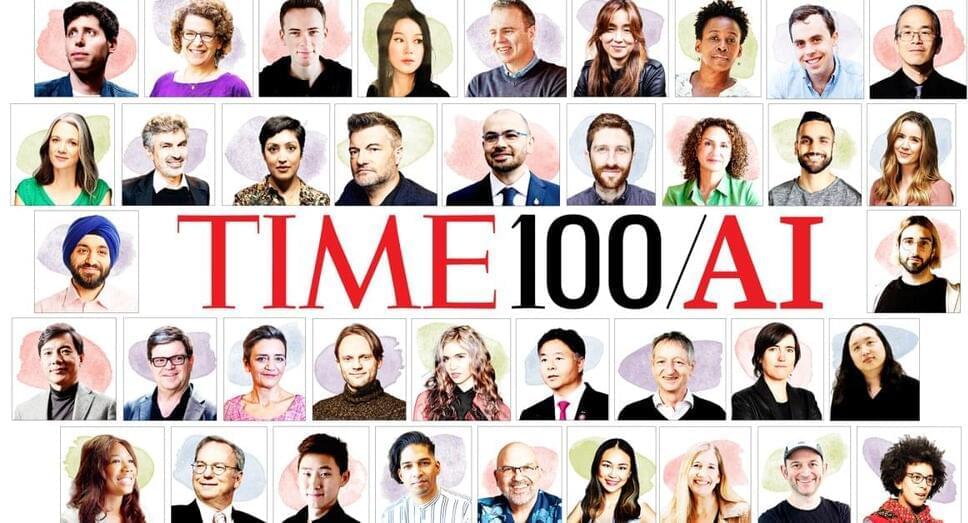
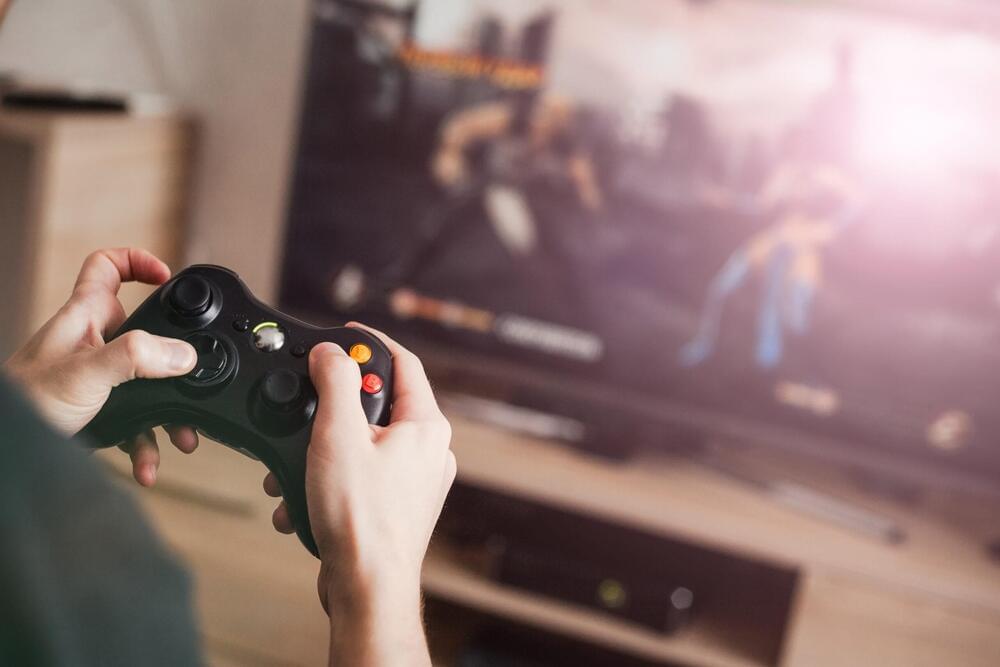
Scientists use video games to measure the eye-brain-body connection
Video games could give ophthalmologists an easy window not into the soul, but into eye health and the eye-brain-body connection — the three-way reciprocal communication that influences our actions.
“Infusing science into games is like sneaking broccoli into ice cream,” said Khizer Khaderi, MD, a clinical associate professor of ophthalmology. “It removes the resistance to do something that may not be viewed as fun, such as eating vegetables.” Or in this case, evaluating your vision health.
In a Stanford Medicine-led study, researchers employed video games to evaluate participants’ field of vision and visual stamina, their ability to distinguish contrast, and other factors that can indicate common eye diseases.

NVIDIA Partners With India Giants to Advance AI in World’s Most Populous Nation
The world’s largest democracy is poised to transform itself and the world, embracing AI on an enormous scale.
Speaking with the press Friday in Bengaluru, in the context of announcements from two of India’s largest conglomerates, Reliance Industries Limited and Tata Group, NVIDIA founder and CEO Jensen Huang detailed plans to bring AI technology and skills to address the world’s most populous nation’s greatest challenges.
“I think this is going to be one of the largest AI markets in the world,” said Huang, who was wrapping up a week of high-level meetings across the nation, including with Prime Minister Narendra Modi, leading AI researchers, top business leaders, members of the press and the country’s 4,000-some NVIDIA employees.
Gravitas: ‘Artificial embryos’ created in Israel | Does this change the idea of life?
In a major breakthrough, scientists in Israel have created ‘artificial embryos’. They mimic all the features of a real human embryo. Will these embryos be used to create human life? Here’s what Priyanka Sharma has to say.
#artificialembroy #science #gravitas.
About Channel:
WION The World is One News examines global issues with in-depth analysis. We provide much more than the news of the day. Our aim is to empower people to explore their world. With our Global headquarters in New Delhi, we bring you news on the hour, by the hour. We deliver information that is not biased. We are journalists who are neutral to the core and non-partisan when it comes to world politics. People are tired of biased reportage and we stand for a globalized united world. So for us, the World is truly One.
Please keep discussions on this channel clean and respectful and refrain from using racist or sexist slurs and personal insults.
Check out our website: http://www.wionews.com.
Paige Announces Collaboration with Microsoft to Build the World’s Largest Image-Based AI Model to Fight Cancer
NEW YORK—(BUSINESS WIRE)— Paige, a technology disruptor in healthcare, has joined forces with Microsoft in the fight against cancer, making headway in their collaboration to transform cancer diagnosis and patient care by building the world’s largest image-based artificial intelligence (AI) models for digital pathology and oncology.
“Unleashing the power of AI is a game changer in advancing healthcare to improve lives.” Tweet this
Paige, a global leader in end-to-end digital pathology solutions and clinical AI, developed the first Large Foundation Model using over one billion images from half a million pathology slides across multiple cancer types. Paige is developing with Microsoft a new AI model that is orders-of-magnitude larger than any other image-based AI model existing today, configured with billions of parameters. This model assists in capturing the subtle complexities of cancer and serves as the cornerstone for the next generation of clinical applications and computational biomarkers that push the boundaries of oncology and pathology.
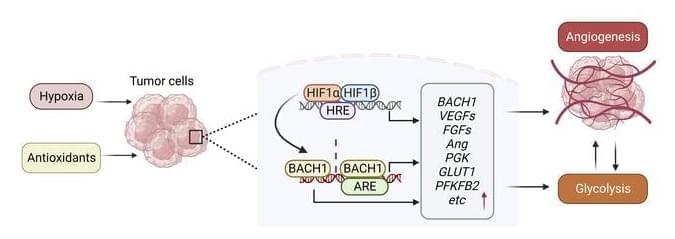
Abstract: Lung cancer progression relies on angiogenesis
Which is a response to hypoxia typically coordinated by hypoxia-inducible transcription factors (HIFs); but growing evidence indicate that transcriptional programs beyond HIFs control tumor angiogenesis. Here we show that the redox-sensitive transcription factor BTB and CNC homology 1 (BACH1) controls the transcription of a broad range of angiogenesis genes. BACH1 is stabilized by lowering reactive oxygen species levels; consequently, angiogenesis gene expression in lung cancer cells, tumor organoids, and xenograft tumors increased substantially following vitamin C and E and N-acetylcysteine administration in a BACH1-dependent fashion under normoxia. Moreover, angiogenesis gene expression increased in endogenous BACH1–overexpressing cells and decreased in BACH1-knockouts in the absence of antioxidants.
U.S. Cyborg Soldiers to Confront China’s Enhanced ‘Super Soldiers’ — Is This the Future of Military?
What do you think? China is doing it. The West is going to have to keep up. Have you seen the Netflix series Altered Carbon? It’s like that.
A U.S. Army video shows its concept of the soldier of the future. At first glance, it looks like it will only be a better-equipped soldier.
But the video mentions “neural enhancement.” That can mean a brain implant that connects a human to computers. The defense agency DARPA has been working on an advanced implant that would essentially put the human brain “online.” There could also be eye and ear implants and other circuitry under the skin to make the optimal fighting machine.
Americans will have to decide whether this is ethical because some in our military clearly want it.
FULL REPORT: https://www1.cbn.com/cbnnews/national-security/2021/april/ne…-soldiers.
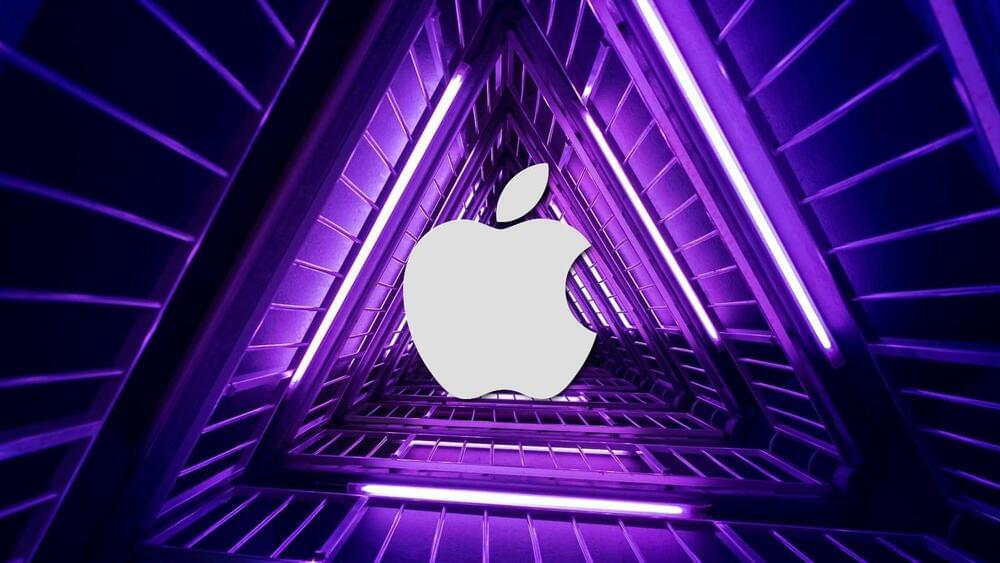
Apple zero-click iMessage exploit used to infect iPhones with spyware
Citizen Lab says two zero-days fixed by Apple today in emergency security updates were actively abused as part of a zero-click exploit chain (dubbed BLASTPASS) to deploy NSO Group’s Pegasus commercial spyware onto fully patched iPhones.
The two bugs, tracked as CVE-2023–41064 and CVE-2023–41061, allowed the attackers to infect a fully-patched iPhone running iOS 16.6 and belonging to a Washington DC-based civil society organization via PassKit attachments containing malicious images.
“We refer to the exploit chain as BLASTPASS. The exploit chain was capable of compromising iPhones running the latest version of iOS (16.6) without any interaction from the victim,” Citizen Lab said.